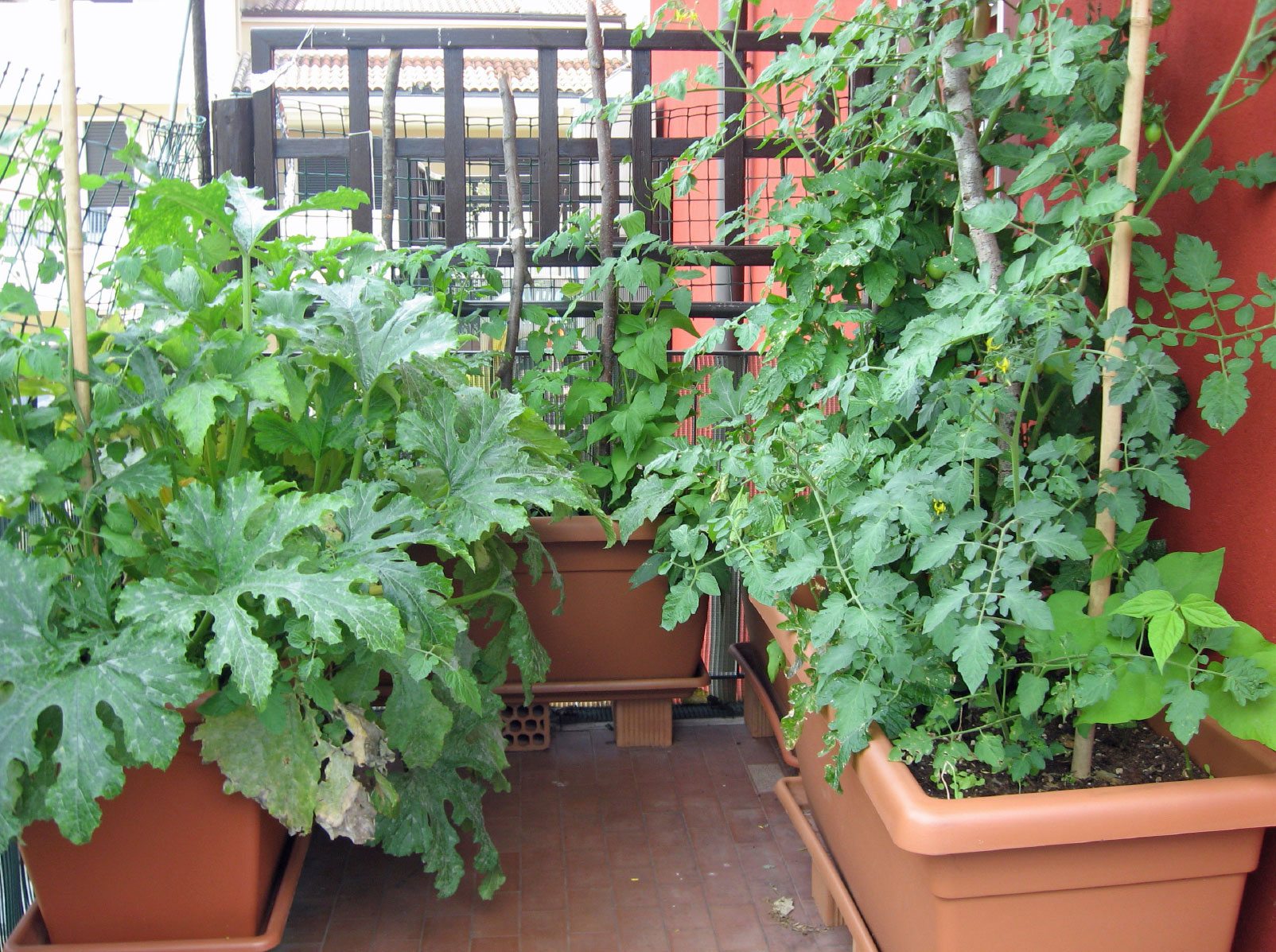Our City Blooming Diaries
Our City Blooming Diaries
Blog Article
City Blooming for Dummies
Table of ContentsNot known Incorrect Statements About City Blooming The City Blooming IdeasWhat Does City Blooming Do?6 Simple Techniques For City BloomingThe Best Strategy To Use For City Blooming

As you walk the roads of the Bronx, Southside Chicago or East Oakland, you might see have actually also seen big plots of ripening fruits and vegetables being gathered. What precisely are urban ranches and area gardens? Urban farming, metropolitan farming, or urban horticulture is the method of cultivating, handling and dispersing food in or around city locations.
Typically, city farming as a practice is a bigger financial investment than horticulture. There are numerous more hours invested right into the trivial matters of farming, from the plant strategy to the often tending of your beds. This time around dedication handles a whole new significance once you realize the goal that is being functioned in the direction of and dedicated, specifically that of acquiring an abundant yield of plants to be eaten.
A community yard is a single parcel gardened collectively by a group of individuals. Community gardens make use of either private or shared stories on personal or public land while producing fruit, veggies, and/or plants grown for their attractive appearance. The standard model right here is that a large group of individuals each add a fairly little quantity of time to working their very own plot, and obtain the fruits of their labor as a result.
The Buzz on City Blooming

, and neighborhood organizations by assisting them develop and expand their own gardens. The differences in between community yard and city ranch are nuanced, though in the end the same fundamental task takes placefood crop growing but within different organizational structures - sustainable gardening.
Urban farms are generally much more service and technology oriented, with the primary objective of making the most of yields and marketing fruit and vegetables. Commercial urban farms are frequently focused on expanding production on typically small land area with developments in technologies such as tank farming, hydroponics, and greenhouses and might companion with an industrial cooking area to develop locally-produced value-added items such as jams and sauces.
The City Blooming PDFs
The produce is normally grown on a much smaller sized range and is taken home to eat at home or to share. By providing much required eco-friendly areas in penniless, concrete city locations, they enable the benefits of yard gardening to those doing not have backyards, and work as excellent instances of self-organization and neighborhood advocacy.
Some neighborhood yards, often in metropolitan locations, relocate right into growing for business usage while some city farms open up their land for more socially aware advantages. Regardless of how you specify and differentiate the two, they are both positive forces for great in cities around America and the globe.
As every one of Small Axe Peppers' warm sauces are sourced with peppers from neighborhood yards, your purchases straight assist money these local projects (https://pubhtml5.com/homepage/baapp/). Take part in the change by.
A good friend of mine lately commented in a conversation concerning gardening that "It's interesting, I've constantly assumed that farming as a technique is rather like horticulture. As I invested more and more time in my Urban Farming course I have actually come to understand that to claim that horticulture is a tiny extension of farming would be a bit of stretch.
The smart Trick of City Blooming That Nobody is Discussing
They both focus on the treatment of plants for some goal that can be sustenance, profit or simply the pleasure of the craft. Moreover they both call for a monetary financial investment on top of a time investment, something that a great deal of people in our rapid paced life do not have a lot of - fruit and vegtables.
We can see that the similarities are abundant, however are the distinctions sufficient to develop a difference? As a student at NYU I have the opportunity to work with the leave It Better Structure, a team that instructs fundamental nutrition and horticulture to senior high school trainees. https://cityblooming.blog.ss-blog.jp/2024-06-27?1719472203. This experience provided me a comprehensive venture into the globe of amateur gardening beyond what the majority of people have actually touched with
With these in hand, I can securely claim that these 2 tasks are fairly truthfully various monsters. Farming as a practice is a larger financial investment than horticulture. There are numerous more hours invested into the minutiae of farming, from the crop plan to the tending of your beds. This time around commitment takes on an entire new significance once you realize the goal that is being worked in the direction of and committed, namely that of gaining a plentiful yield of crops to be consumed.
The average garden enthusiast deals with his obligations as a task rather than a requirement and because of this identifies his or herself from the farmer. Nevertheless with this difference in hand, they are both comforting and soothing exercises that any individual can grab, which by itself needs to be an ad for both.
Rumored Buzz on City Blooming
Something failed - eco-friendly practices. Wait a moment look here and attempt again Try once more
Report this page